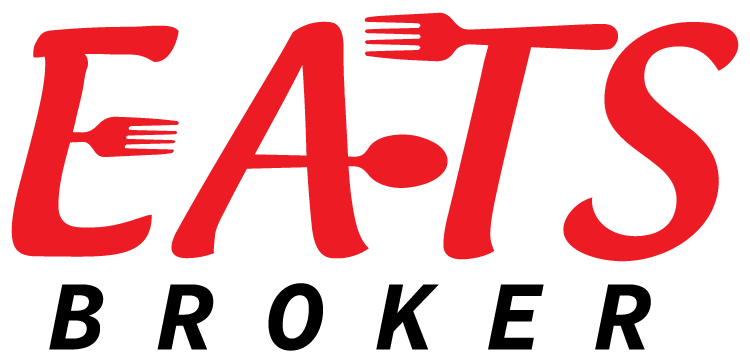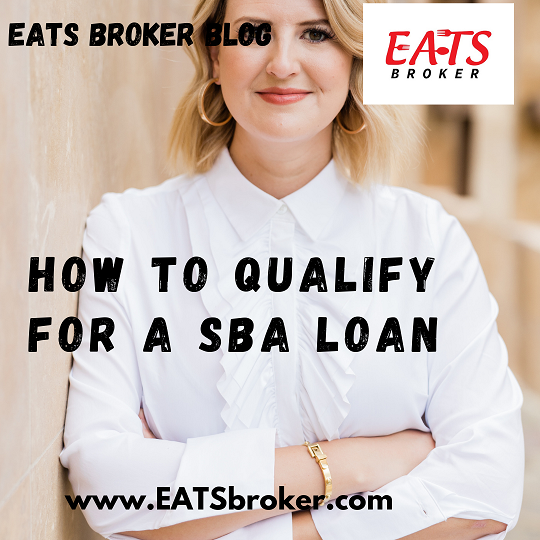What is essential for underwriting SBA loans, and how to qualify for a SBA loan? EATS Restaurant Brokers receive this question often when talking with restaurant buyers.
Qualifying for SBA loans has multiple vital factors to consider; we will cover the critical points in this blog.
The process to qualify for SBA loans has changed and evolved since the pandemic began. In today’s post-Covid environment, securing financing for RV parks and campgrounds is more easily approved, while fitness centers and restaurants are challenging.
When providing restaurant valuations for restaurant owners, EATS Restaurant Brokers always let them know, based on their financials, if the restaurant will get approved for SBA lending. Dealing with the buyers to get qualified for lending is a much different story.
Dominique Maddox, a Restaurant Resale Specialist, states, “selling franchise restaurants with SBA loans today has far less failure rate than independently owned restaurants. Established franchise restaurant brands give buyers better odds to qualify for bank lending.
Franchise Restaurants for sale have systems, brand awareness, training, Financial Disclosure Document (FDD), and they are proven to have success”.
Selling a restaurant? Here are the 5 Key Factors for Buyers to get qualified for SBA lending:
1. Background
Underwriters are always curious about a buyer’s background. They want to know about the previous work experience and education that could help a buyer be successful. Previous or current ownership and management experience is a huge plus.
If a buyer does not have restaurant experience, then underwriters will consider what current or previous experience they have to help them be successful? The buyer might have a background in sales, marketing, management that can be very useful in their new role.
2. Credit Score and Debt-to-Income ratio
To be safe, a restaurant buyer should have a credit score of over 700. Yes, lower credit scores get approved, but sometimes the lender will ask for additional supporting documentation.
A debt-to-income ratio is derived by dividing the monthly debt payments by the monthly gross income. The ratio is expressed as a percentage, and lenders use it to determine how well a borrower manages monthly debts — and if a borrower can afford to repay a loan.
3. Skin in the Game
Today’s lender will ask for a range from 10%-30% down depending on the borrower and situation. Bank wants to make sure the borrower has skin in the game. EATS Restaurant Brokers recommends that buyers have at least 20% down or do not consider lending.
In some cases, the SBA lender will require the seller to carry a seller financing note up to 10%, so everyone has skin in the game, and the buyers have to bring less to the closing table.
4. Collateral
Besides money down, the SBA lenders want some collateral attached to the loan. Collateral will not always be requested for loans under $350,000. Collateral can be described as something pledged as security for repayment of a loan, to be forfeited in a default.
Disclaimer-if a borrower has a house that is free and clear of payments and wants a loan, typically, the bank will use the personal home as collateral.
For more information on the restaurant market and other available consulting services or a complimentary restaurant valuation, contact Dominique Maddox at 404-993-4448 or by email at [email protected]. Visit our website at www.EATSbroker.com

